Progating Magnolia via cuttings
getyourleash
9 years ago
Related Stories

KIDS’ SPACESHow to Ditch the Pink in a Child’s Bedroom
Avoid a Pepto-Bismol pandemic with these 6 smart ways to bring more vibrant color and pattern to a kids’ bedroom
Full Story
HOUZZ TOURSHouzz Tour: Farm Fresh
Updates bring back the bygone charm of a 19th-century Texas farmhouse, while making it work for a family of 6
Full Story
BATHROOM DESIGNRoom of the Day: Elegant Master-Bath Update
A 1970s redo didn't work with the rest of the gracious 1915 Colonial-style home. A new renovation brings elegance to the space
Full Story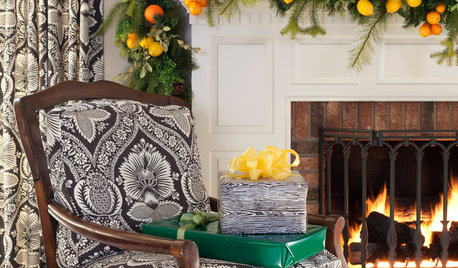
HOLIDAYSHouzz Call: Show Us Your Holiday Mantel
Do reindeer prance or lights dance above your fireplace during the holidays? Share your decorated mantel with us
Full Story
GARDENING GUIDES10 Top Native Plants for the U.S. Southeast
For a low-maintenance and wildlife-friendly landscape, use Southern natives that withstand heat and humidity
Full Story
SIDE YARD IDEASNarrow Trees for Tight Garden Spaces
Boost interest in a side yard or another space-challenged area with the fragrance and color of these columnar trees
Full Story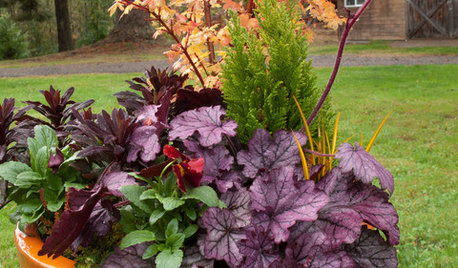
FALL AND THANKSGIVING5 Container Gardens for Fall, the Holidays and Beyond
Make planting easy with a single container, year-round plants and a sprinkling of simple seasonal accents
Full Story
MOST POPULARHouzz Call: Show Us Your Winter View!
Share pictures of your home and garden in winter — whatever your climate, architecture and plantings
Full Story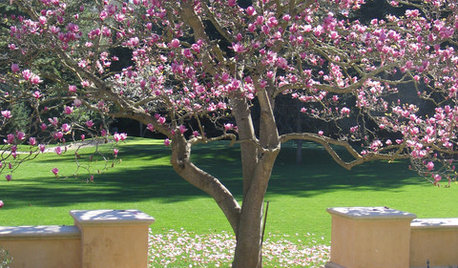
LIFE10 Ways to Honor and Remember a Departed Loved One at Home
Help the grieving process and keep beautiful memories alive with these thoughtful tributes
Full Story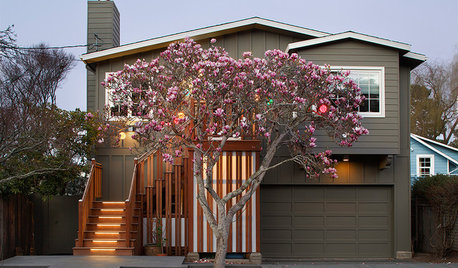
CURB APPEALA New Stepped Entry Glows With Style
Rotting stairs and leaky windows lead to an inviting new facade that welcomes with light
Full StoryMore Discussions






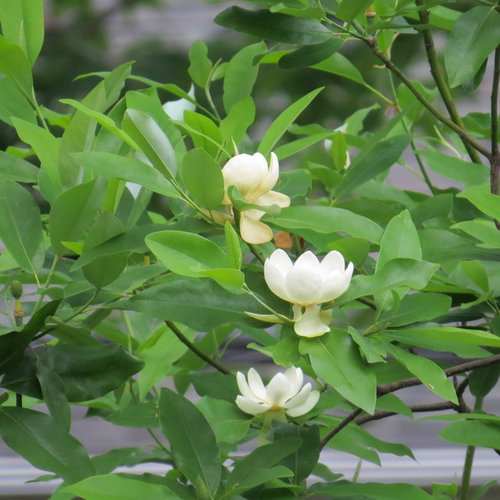
bwaynef
RedSun (Zone 6, NJ)
Related Professionals
Bellflower Landscape Architects & Landscape Designers · Brentwood Landscape Architects & Landscape Designers · Stamford Landscape Contractors · Athens Landscape Contractors · Azalea Park Landscape Contractors · Clayton Landscape Contractors · Cordele Landscape Contractors · East Haven Landscape Contractors · Kerman Landscape Contractors · Lantana Landscape Contractors · Lemoore Landscape Contractors · Old Saybrook Landscape Contractors · Seven Hills Landscape Contractors · Teaneck Landscape Contractors · Golden Valley Landscape Contractors